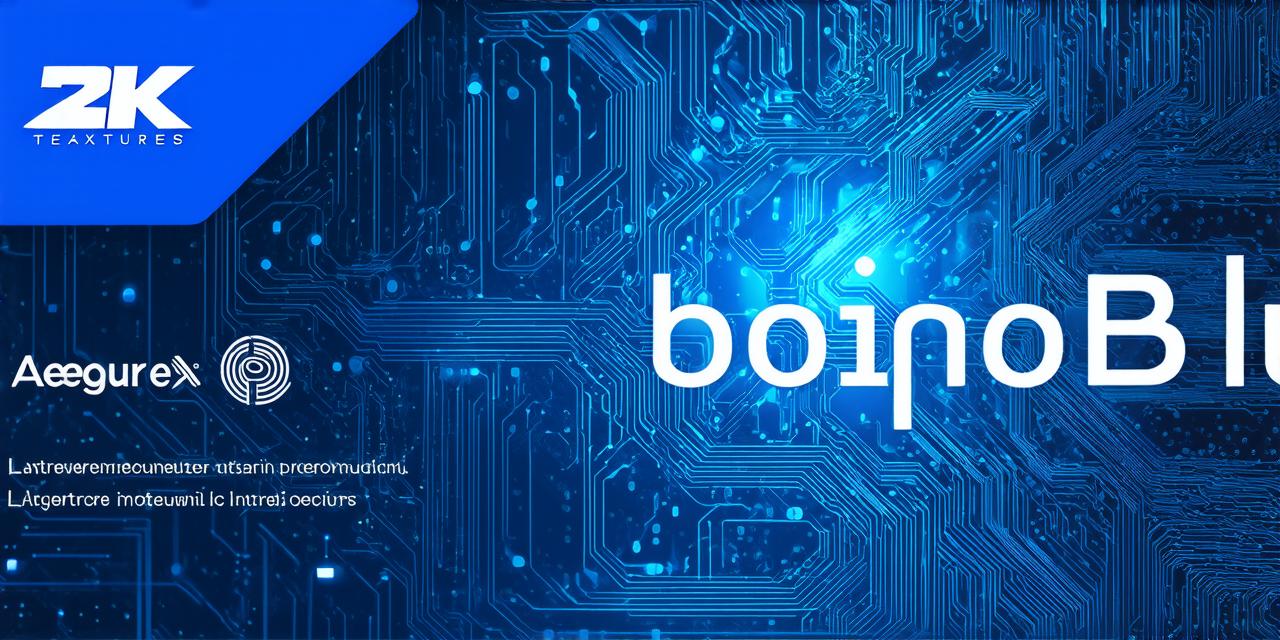How Data is Stored on the Blockchain
: An In-Depth Look at Blockchain Technology and its Applications
The concept of blockchain technology has been gaining significant traction in recent years, particularly with the rise of cryptocurrencies. However, what exactly is blockchain technology? Simply put, it is a decentralized digital ledger that records transactions on multiple computers in a secure and transparent manner.
Introduction
Data storage has been a critical concern for businesses and individuals alike, with the need to store large amounts of data securely and efficiently. Traditional methods of data storage, such as centralized databases and cloud storage, have their limitations, including security risks, single points of failure, and high costs. Blockchain technology offers a decentralized, secure, and transparent solution to these problems, providing a new way to store and manage data.
How Data is Stored on the Blockchain
At its core, a blockchain is a chain of blocks that contains information about transactions. Each block in the chain contains a unique hash value, which is a mathematical code that identifies the block’s contents. The hash value is generated by taking the previous block’s hash value and combining it with the new transaction data. This process ensures that any changes made to the data are recorded in the blockchain and cannot be altered without detection.
One of the key features of a blockchain is its immutability, meaning that once data is stored on the blockchain, it cannot be changed or deleted. This makes it an ideal solution for storing important documents such as legal contracts, medical records, and financial information.
Benefits and Limitations of Blockchain Technology

The benefits of using blockchain technology for data storage are numerous. Firstly, it offers a high level of security, as any changes made to the data are recorded in the blockchain and cannot be altered without detection. Secondly, it provides transparency, as all participants on the network have access to the same information. This makes it an ideal solution for applications where trust is critical, such as supply chain management, voting systems, and identity verification.
However, there are also limitations to using blockchain technology for data storage. One of the main challenges is scalability, as blockchains can become slow and expensive to maintain as the number of participants on the network increases. Additionally, while the decentralized nature of the blockchain provides resilience against hacking and cyberattacks, it also makes it more difficult to manage and maintain the network. This requires specialized expertise and resources, which can be a barrier to entry for many businesses and organizations.
Real-Life Examples of Blockchain in Action
Despite these limitations, blockchain technology has already found numerous applications in various industries. One of the most well-known examples is Bitcoin, the first and most widely used cryptocurrency. Bitcoin uses a blockchain to record transactions between users, making it possible to exchange value without intermediaries such as banks or payment processors.
Another example is Ethereum, which uses smart contracts to enable the execution of automated agreements on the blockchain. This has led to the development of decentralized applications (dApps) that can be used for a wide range of purposes, including supply chain management, voting systems, and identity verification.
FAQs
1. What is the main difference between a blockchain and a traditional database?
A blockchain is a decentralized digital ledger that records transactions on multiple computers in a secure and transparent manner, while a traditional database is a centralized system for storing and managing data.
2. How is security ensured on a blockchain?
Security is ensured on a blockchain through the use of cryptographic algorithms, which generate unique hash values for each block in the chain. These hash values are used to verify the integrity of the data and prevent unauthorized changes.
3. What is the main limitation of using blockchain technology for data storage?
The main limitation of using blockchain technology for data storage is scalability, as blockchains can become slow and expensive to maintain as the number of participants on the network increases. Additionally, while the decentralized nature of the blockchain provides resilience against hacking and cyberattacks, it also makes it more difficult to manage and maintain the network.
4. How does a blockchain work?
A blockchain works by recording transactions in blocks that are linked together in a chain. Each block contains a unique hash value, which is generated by taking the previous block’s hash value and combining it with the new transaction data. This process ensures that any changes made to the data are recorded in the blockchain and cannot be altered without detection.
5. What is the potential of blockchain technology?
The potential of blockchain technology is vast, with applications ranging from cryptocurrencies and supply chain management to voting systems and identity verification. However, there are also limitations to using blockchain technology, such as scalability and resource requirements, which must be addressed in order to fully realize its potential.
